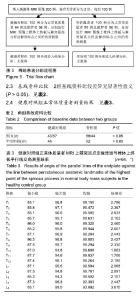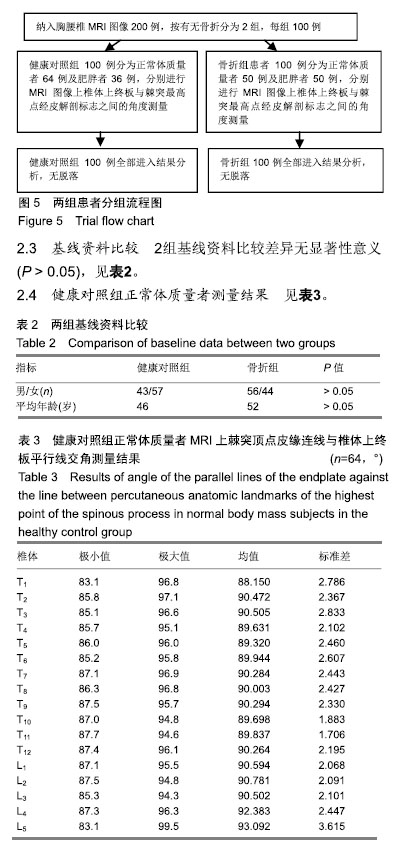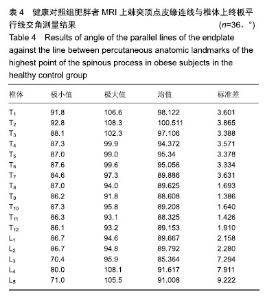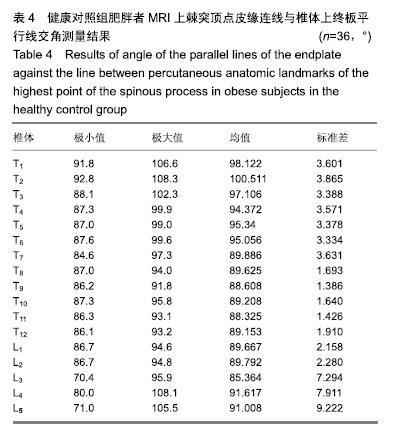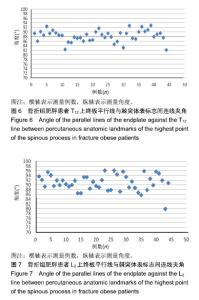| [1]Roy-Camille R, Saillant G, Mazel C. Plating of thoracic, thoracolumbar, and lumbar injuries with pedicle screw plates. Orthop Clin North Am.1986; 17: 147-159.[2]Suk SI, Lee SM, Chung ER, et al. Selective thoracic fusion with segmental pedicle screw fixation in the treatment of thoracic idiopathic scoliosis: more than 5-year followup. Spine (Phila Pa 1976). 2005; 30: 1602-1609.[3]Dick W. Osteosynthesis of severe injuries of the thoracic and lumbar spine with internal fixation. Langenbecks Arch Chir. 1984; 364: 343-346.[4]Magerl FP. Stabilization of the lower thoracic and lumbar spine with external skeletal fixation. Clin Orthop Relat Res. 1984; (189):125-141.[5]Tian W, Xu Y, Liu B, et al. Lumbar spine superiorlevel facet joint violations: percutaneous versus open pedicle screw insertion using intraoperative 3-dimensional computer-assisted navigation. Chin Med J (Engl). 2014; 127: 3852-3856.[6]Rampersaud YR, Lee KS. Fluoroscopic computer-assisted pedicle screw placement through a mature fusion mass: an assessment of 24 consecutive cases with independent analysis of computed tomography and clinical data. Spine (Phila Pa 1976). 2007; 32: 217-222.[7]Gang C, Haibo L, Fancai L, et al. Learning curve of thoracic pedicle screw placement using the free-hand technique in scoliosis: how many screws needed for an apprentice? Eur Spine J. 2012; 21: 1151-1156.[8]Pakzaban P. Modified mini-open transforaminal lumbar interbody fusion: description of surgical technique and assessment of free-hand pedicle screw insertion. Spine (Phila Pa 1976). 2016; 41: E1124-1130.[9]Tian W, Zeng C, An Y, et al. Accuracy and postoperative assessment of pedicle screw placement during scoliosis surgery with computer-assisted navigation: a meta-analysis. Int J Med Robot. 2017;13(1). doi: 10.1002/rcs.1732. [10]张晓四,曹晓建.胸腰椎椎弓根钉矢状面进钉角度与棘上韧带的关系[J]. 南京医科大学学报,2010, 30(9):1315-1317. [11]Lieberman IH, Hardenbrook MA, Wang JC, et al. Assessment of pedicle screw placement accuracy, procedure time, and radiation exposure using a miniature robotic guidance system. J Spinal Disord Tech. 2012; 25: 241-248.[12]陈卫东,杨庆国,张银顺,等. 以棘突连线确定矢状面进钉角度在胸腰椎内固定治疗中的应用[J].中国组织工程研究,2012,16(39): 7242-7245.[13]Dickman CA, Yahiro MA, Lu HT, et al. Surgical treatment alternatives for fixation of unstable fractures of the thoracic and lumbar spine. A meta-analysis. Spine (Phila Pa 1976). 1994; 19: 2266S-2273S.[14]Yahiro MA. Comprehensive literature review. Pedicle screw fixation devices. Spine (Phila Pa 1976). 1994; 19: 2274S-2278S.[15]Esses SI, Sachs BL, Dreyzin V. Complications associated with the technique of pedicle screw fixation. A selected survey of ABS members. Spine (Phila Pa 1976) 1993;18:2231-2238; discussion 2238-2239.[16]Ohba T, Ebata S, Fujita K, et al. Percutaneous pedicle screw placements: accuracy and rates of cranial facet joint violation using conventional fluoroscopy compared with intraoperative three-dimensional computed tomography computer navigation. Eur Spine J. 2016; 25: 1775-1780.[17]王春喜,王晓勇,卢怡,等.后路短节段钉棒系统治疗胸腰椎爆裂骨折[J].中国实用医药,2009,4(2):72-73. [18]战晟,李水加,陈永春. AF椎弓根系统治疗胸腰椎爆裂性骨折46例[J].中国骨与关节损伤杂志,2007,22(1):41-42. [19]Schils F, Schoojans W, Struelens L. The surgeon’s real dose exposure during balloon kyphoplasty procedure and evaluation of the cement delivery system: a prospective study. Eur Spine J. 2013; 22:1758-1764. [20]Bronsard N, Boli T, Challali M, et al. Comparison between percutaneous and traditional fixation of lumbar spine fracture: intraoperative radiation exposure levels and outcomes. Orthop Traumatol Surg Res. 2013; 99: 162-168.[21]Chapman TM, Blizzard DJ, Brown CR. CT accuracy of percutaneous versus open pedicle screw techniques: a series of 1609 screws. Eur Spine J. 2016; 25: 1781-1786.[22]O’Toole JE, Eichholz KM, Fessler RG. Surgical site infection rates after minimally invasive spinal surgery. J Neurosurg Spine. 2009;11: 471-476.[23]Anderson DG, Sayadipour A, Shelby K, et al. Anterior interbody arthrodesis with percutaneous posterior pedicle fixation for degenerative conditions of the lumbar spine. Eur Spine J. 2011; 20: 1323-1330. |
